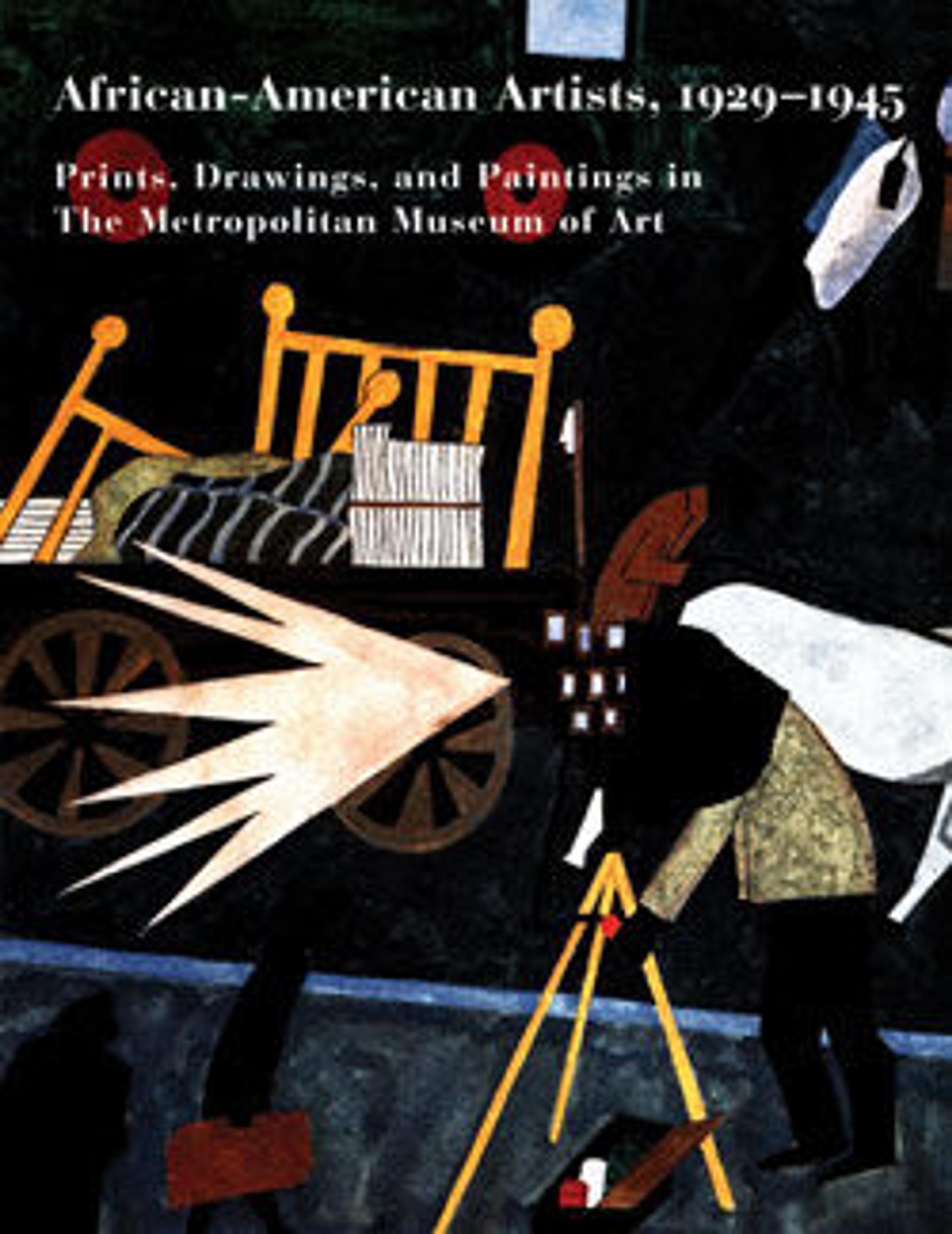July Hay
Throughout the 1930s and into the 1940s, Benton, who left New York in 1935 and settled in Kansas City, Missouri, became closely associated with a movement known as Regionalism, which exalted rural America and tended to disregard contemporary abstract art. Showing two harvesters using old-fashioned scythes to harvest a bumper crop, the painting exhibits the swirling integration of the figure and environment for which the artist is best-known. Benton’s harvesting subject and intense attention to detail recall works by the 16th-century Flemish painter Jan Brueghel, even as it resonated with the sentiment popular throughout World War II (U.S. involvement from 1941 to 1945) that the nation’s farmers were warriors on the home front.
Artwork Details
- Title:July Hay
- Artist:Thomas Hart Benton (American, Neosho, Missouri 1889–1975 Kansas City, Missouri)
- Date:1943
- Medium:Egg tempera, methyl cellulose, and oil on Masonite
- Dimensions:38 × 27 in. (96.5 × 68.6 cm)
- Classification:Paintings
- Credit Line:George A. Hearn Fund, 1943
- Object Number:43.159.1
- Curatorial Department: Modern and Contemporary Art
Audio
1940. July Hay
0:00
0:00
We're sorry, the transcript for this audio track is not available at this time. Please email info@metmuseum.org to request a transcript for this track.
More Artwork
Research Resources
The Met provides unparalleled resources for research and welcomes an international community of students and scholars. The Met's Open Access API is where creators and researchers can connect to the The Met collection. Open Access data and public domain images are available for unrestricted commercial and noncommercial use without permission or fee.
To request images under copyright and other restrictions, please use this Image Request form.
Feedback
We continue to research and examine historical and cultural context for objects in The Met collection. If you have comments or questions about this object record, please contact us using the form below. The Museum looks forward to receiving your comments.
